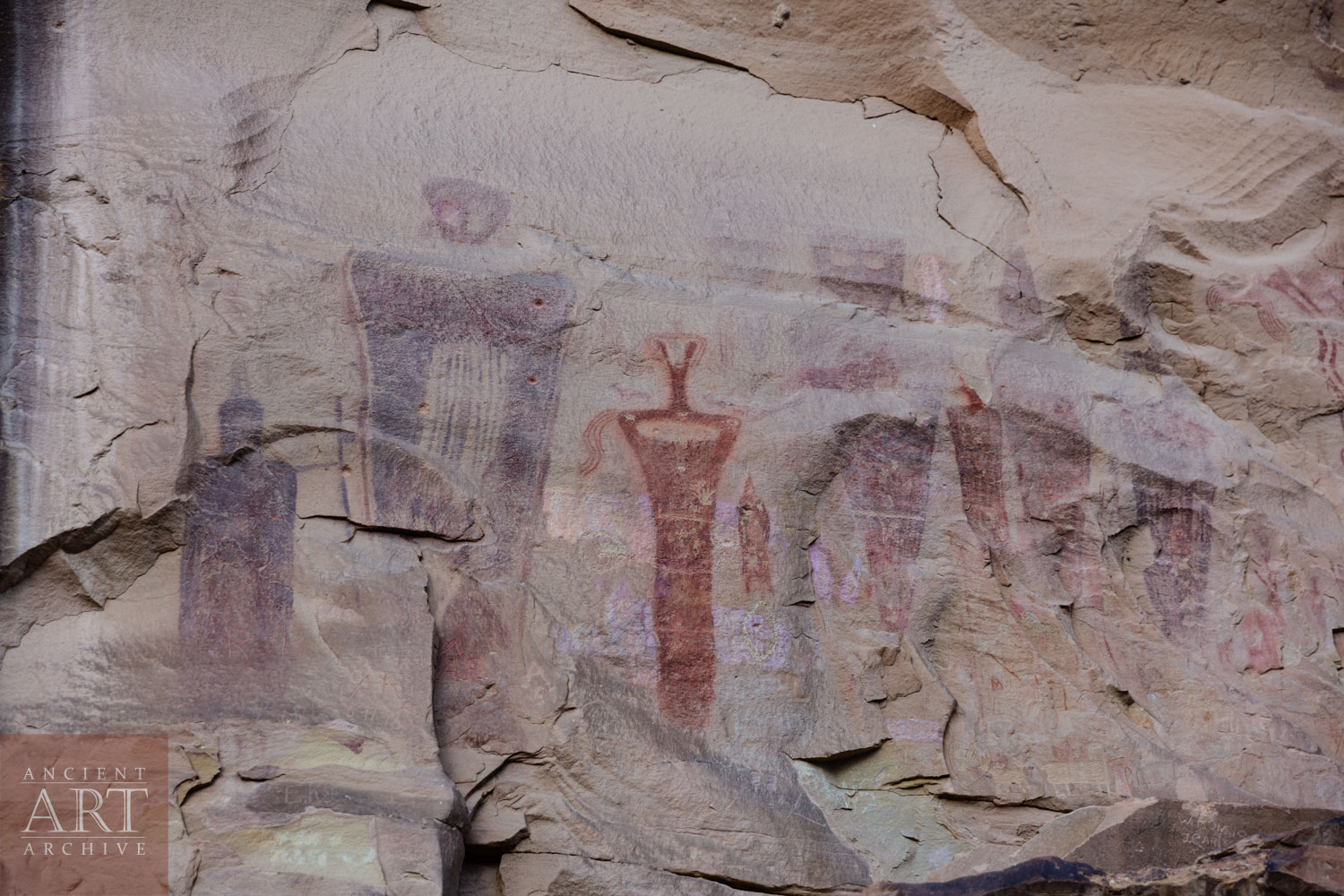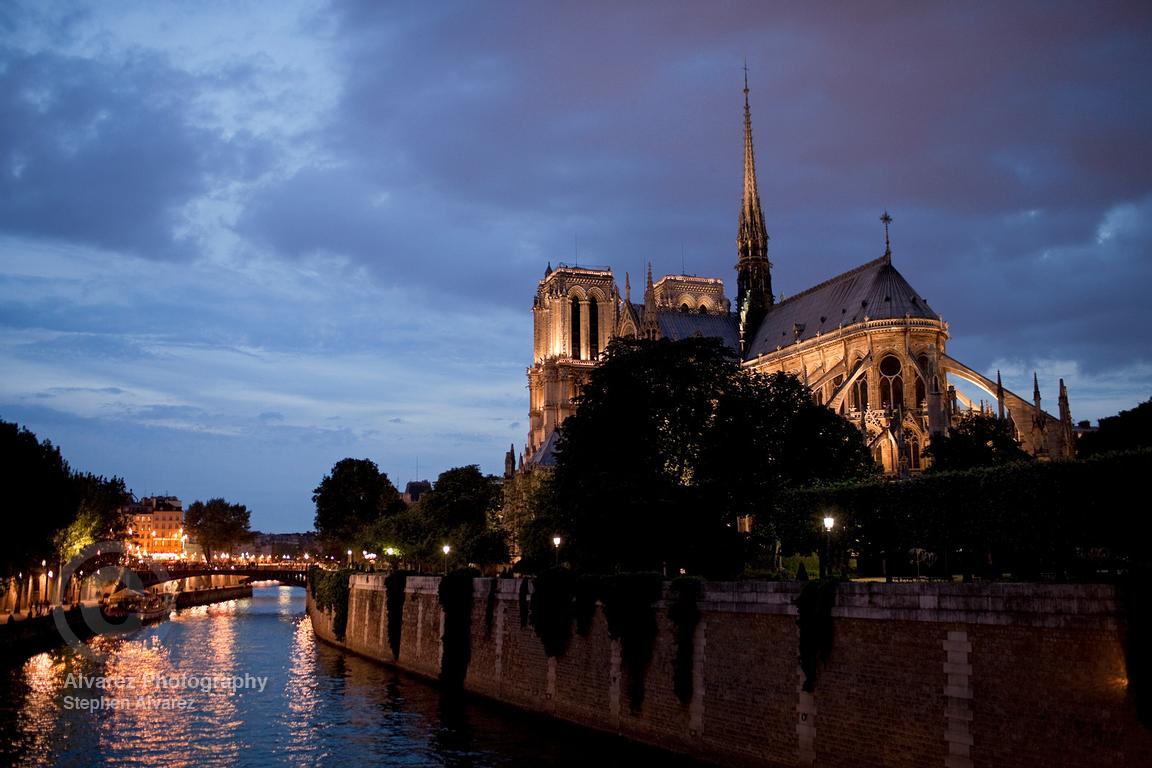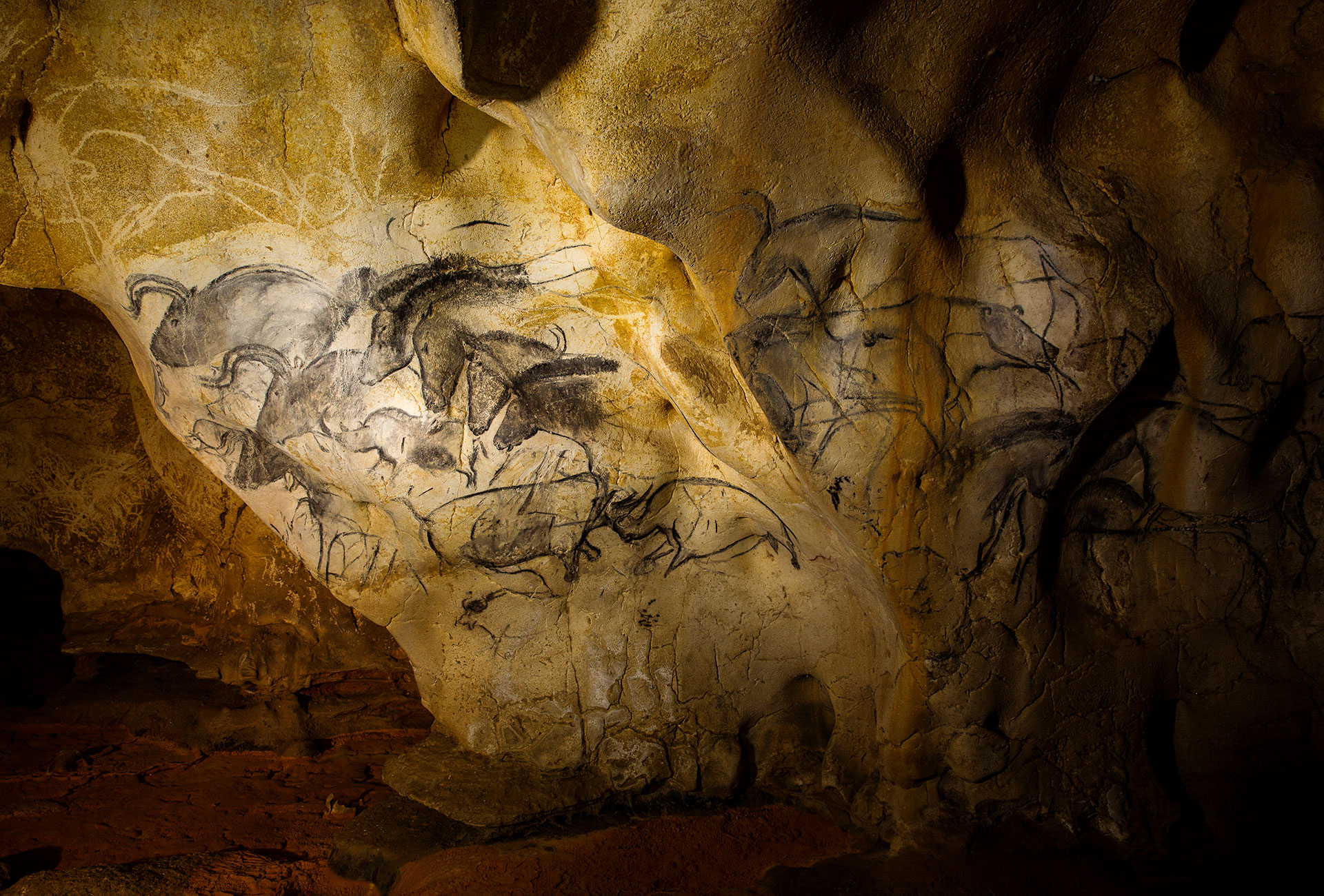Spring is coming! Time to start planning road trips. To help, we have picked 10 sites across America where you can visit rock art. There are hundreds of publicly available rock art sites across the United States, so this list was not easy to put together. How do you recommend just one place out of the thousands in Utah?
We whittled this list down based on geographic diversity, accessibility, and site type. (You can also access a bigger list in our interactive map HERE).
A note before we start.
Cultural heritage sites are fragile, they are sacred to descendent communities, and most rock art sites are protected by secrecy. The locations that we assembled here and in our public rock art sites list are managed for public visitation. They are monitored and, in many cases, actively patrolled. Please use the utmost respect when visiting any cultural heritage location. Before you go, review the Bear’s Ears Partnership Visit with Respect page.
Now for the 10!
Click the bold title at each site for details of how to visit.

Located close to Atlanta, the Rock Eagle rock art site is a huge geoglyph built of mounded quartzite rocks oriented toward the rising sun. There are no firm dates on construction and estimates range from the Woodland Period to Terminal Mississippian. An excavation in the 1900s rebuilt the site and added an observation tower.
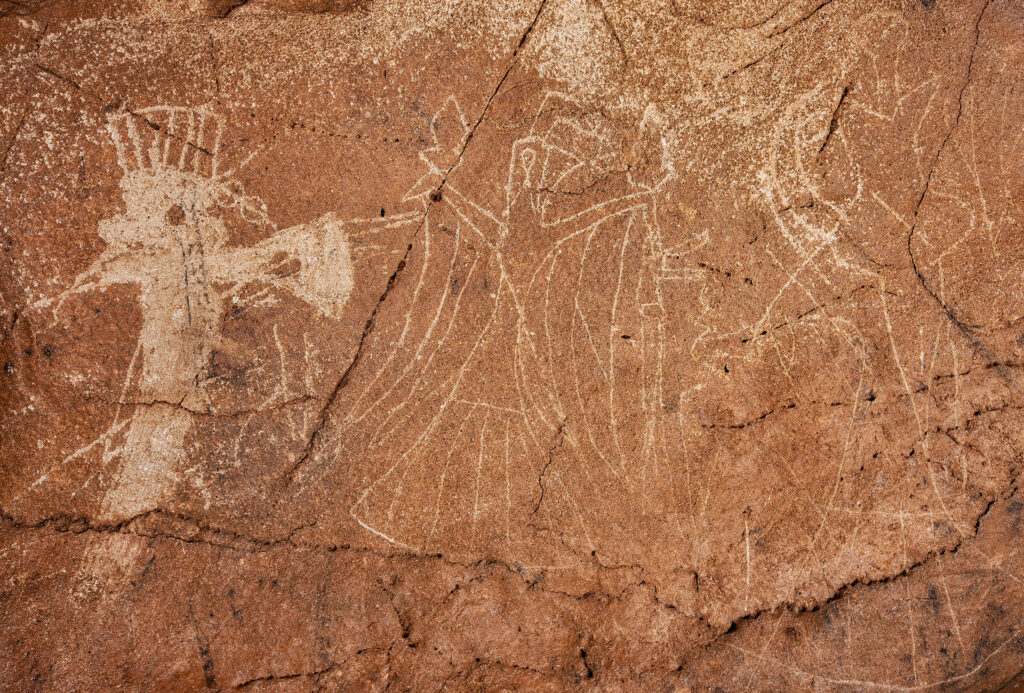
Devilstep Hollow cave is a Mississippian era worship site at the head of the Sequatchie River in Tennessee. One thousand years ago, people that we refer to as Mississippian entered the cave and made ceremonial petroglyphs inside. For preservation’s sake the cave is closed to the public but the walk to the entrance sink hole is well worth the visit.
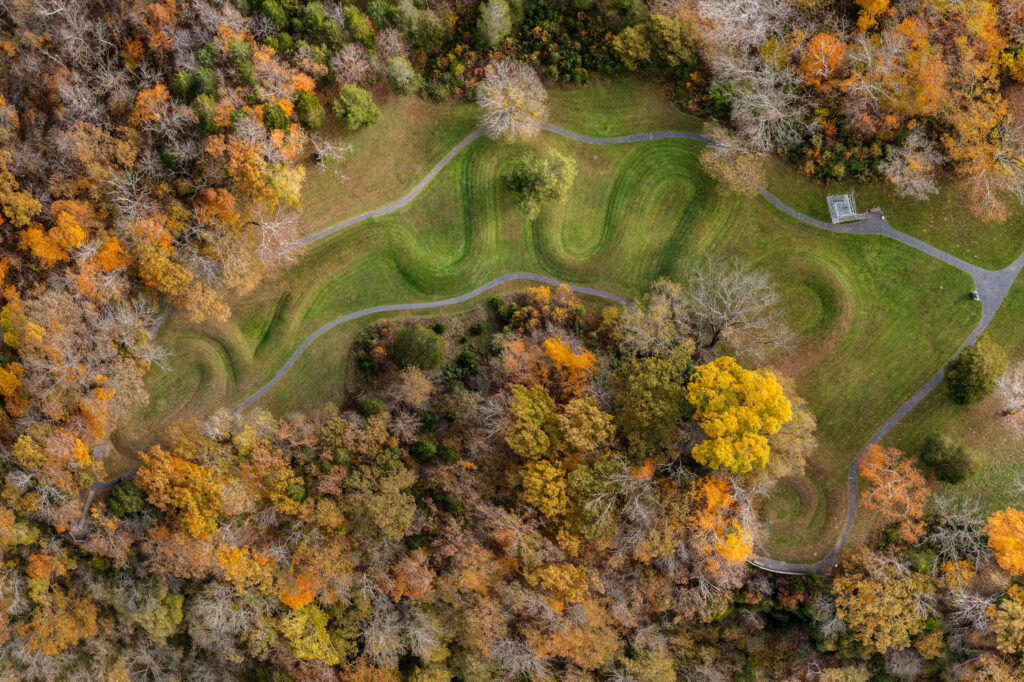
The Great Serpent Mound is the largest snake effigy on earth. The head of the Great Serpent aligns with the Summer Solstice and the tail aligns with the Winter Solstice. Recent research shows that Serpent Mound was created 1,000 years ago by the Fort Ancient Culture.
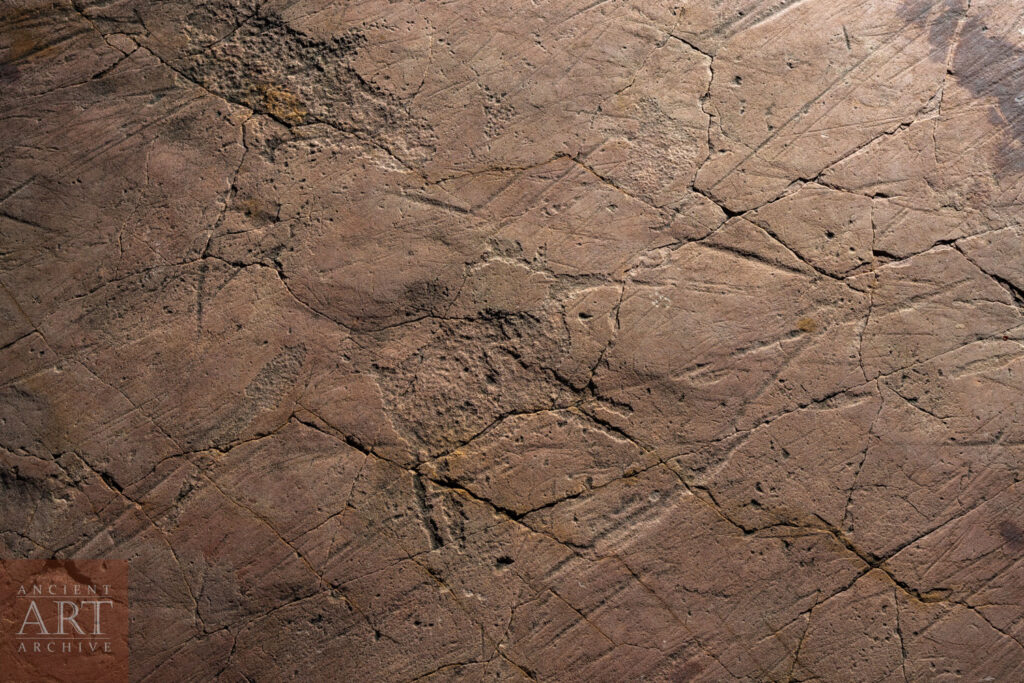
Jeffers Petroglyph site may be the longest used ceremonial location in North America. The images carved into the prairie floor are from across the continent leading scholars to conclude that it acts as a cultural library and pilgrimage site.
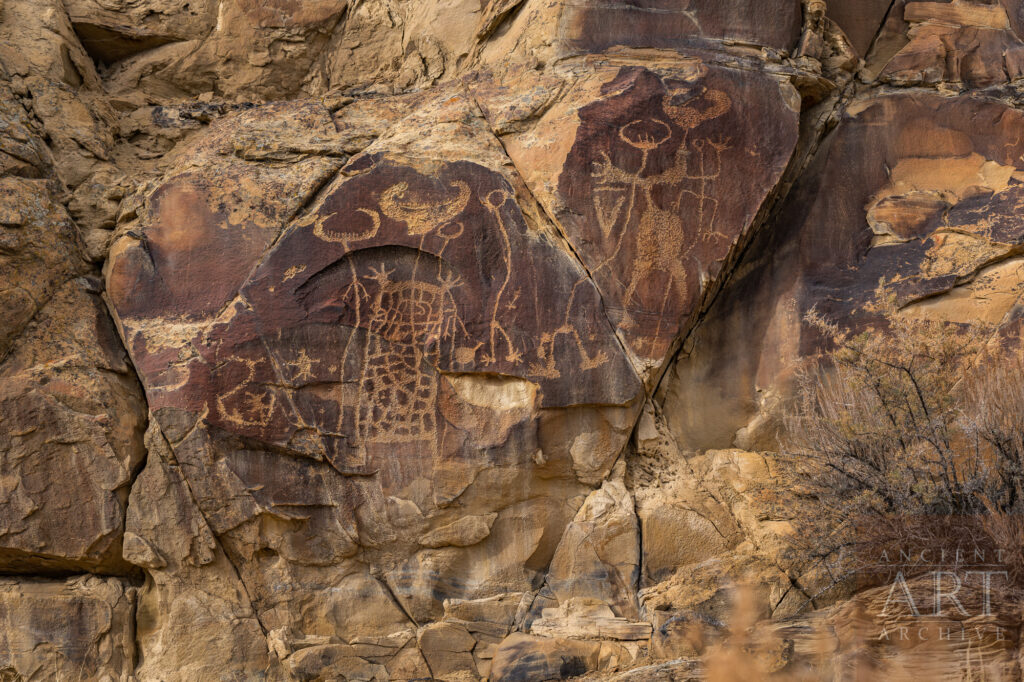
Legend Rock Petroglyphs is the most easily accessible of the Dinwoody style rock art sites. A short trail leads to nearly 300 individual images. Most are Dinwoody but some date from the Western Archaic.
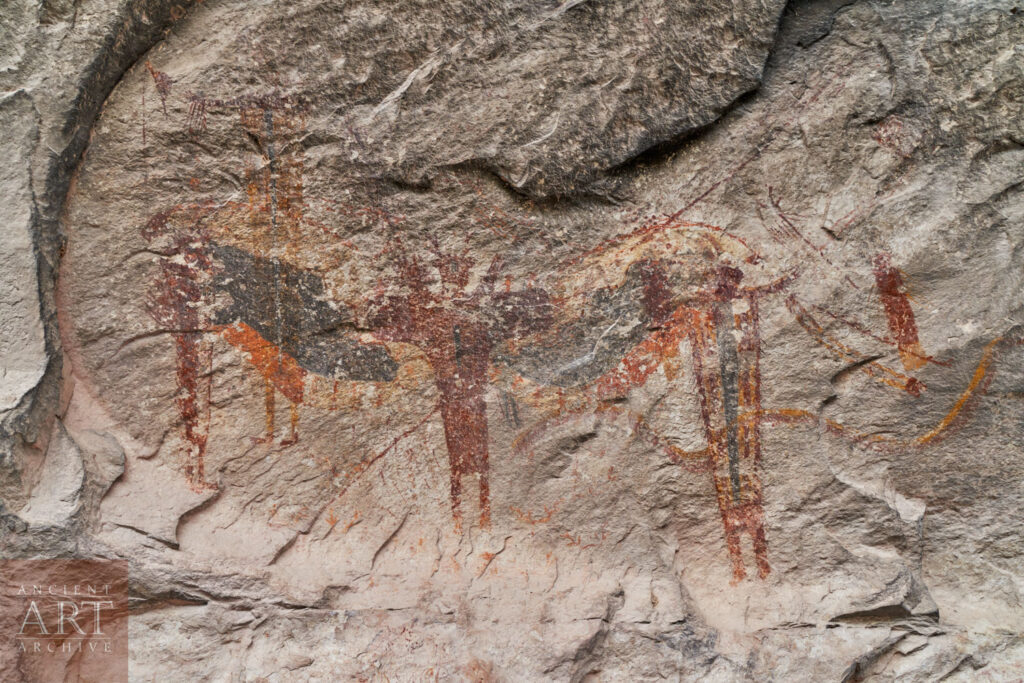
Seminole Canyon protects beautiful examples of Pecos River style pictographs. This rock art style is one of the most intensely studied in North America. The Pecos painting tradition began nearly 6,000 years ago and persisted for 4,000 years.
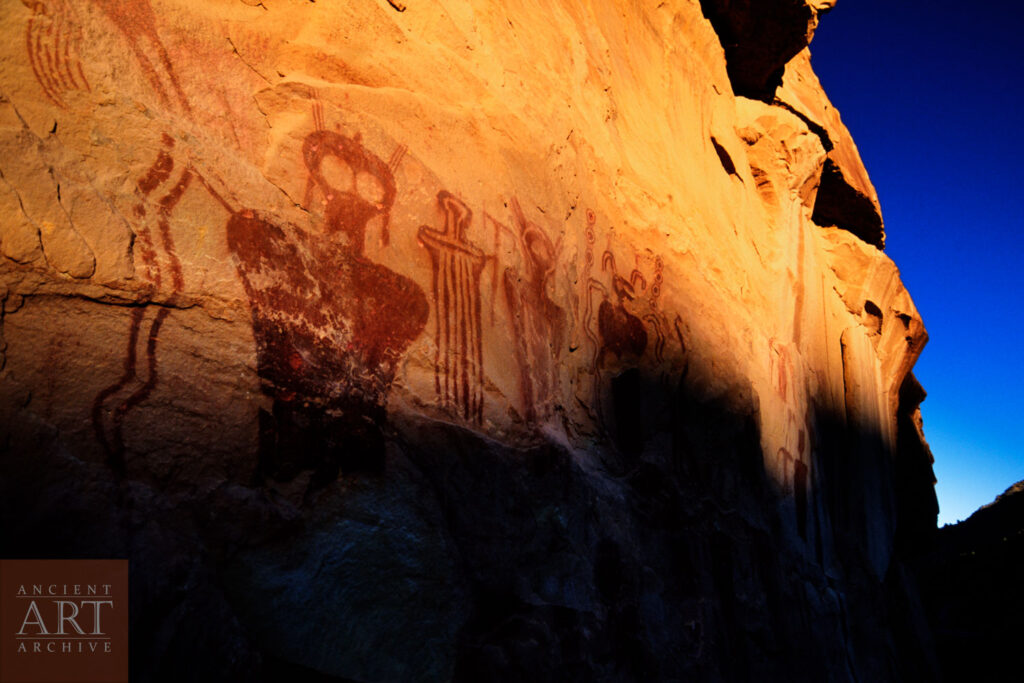
Sego Canyon is famous for its ghostly Barrier Canyon Style rock art paintings. The district also houses rock art from the Fremont and Ute cultures.
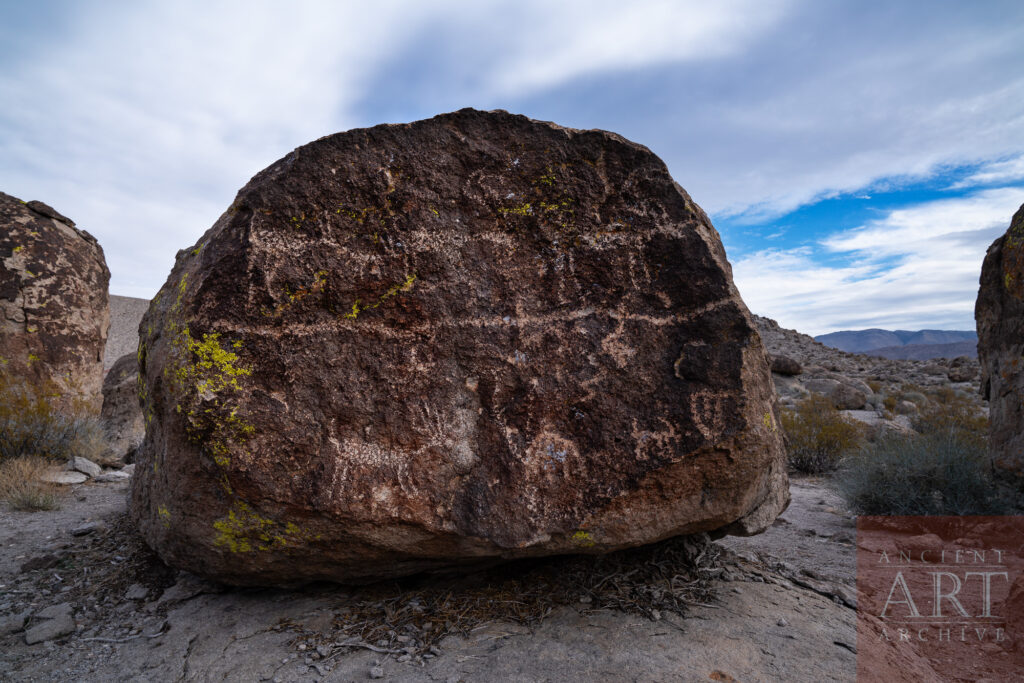
Ash Springs Rock Art Site is the most accessible in Nevada’s Pahranagat Valley. A well-marked trail leads to curvilinear and anthropomorphic images. The exact age of the petroglyphs is unknown, but we do know humans have occupied the Pahranagat Valley for over 6,000 years.
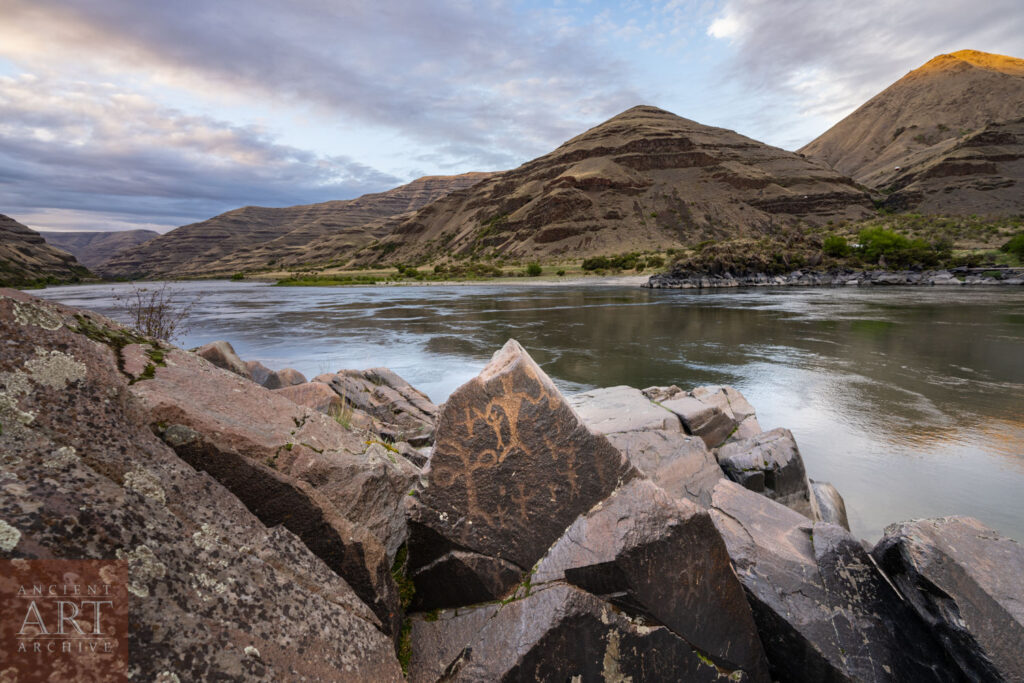
Buffalo Eddy Rock Art site is part of the Nez Perce National Historic Park. Petroglyphs are located on both sides of the Snake River. The western images are accessible from a parking area south of Asotin, WA.
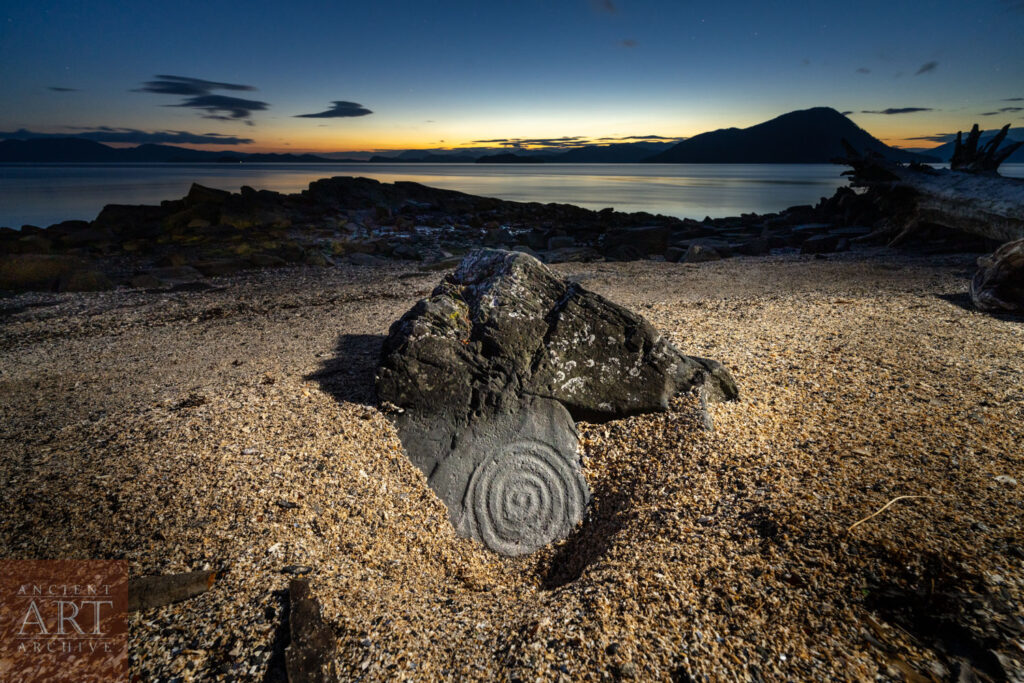
Petroglyph Beach Rock Art Site on Wrangell Island Alaska has the highest assortment of petroglyphs in Southern Alaska. The carvings are associated with Tlingit Culture.
In addition to these 10, the National Park Service has its own list of interesting locations HERE.
